This morning FreeFall Aerospace staff visited the University of Arizona to see the progress on CatSat, one of eight research satellites to be launched aboard a NASA mission in June 2022. The satellites selected under NASA’s CubeSat Launch Initiative will perform technology demonstrations, conduct scientific investigations, and provide educational benefits. CatSat is a partnership of the University of Arizona, FreeFall Aerospace, and Rincon Research.
CatSat is a 6U CubeSat developed by UA students from various departments, including Aerospace and Mechanical Engineering, Astronomy, Computer Science, and Electrical and Computer Engineering. It allows undergraduate and graduate students to get hands-on experience developing and operating a space mission and involves more than a dozen UA students spread across campus. The Principal Investigator of CatSat is Dr. Chris Walker, professor of Astronomy at UA and co-founder of FreeFall Aerospace.
Watch this video to learn more about our inflatable antenna!
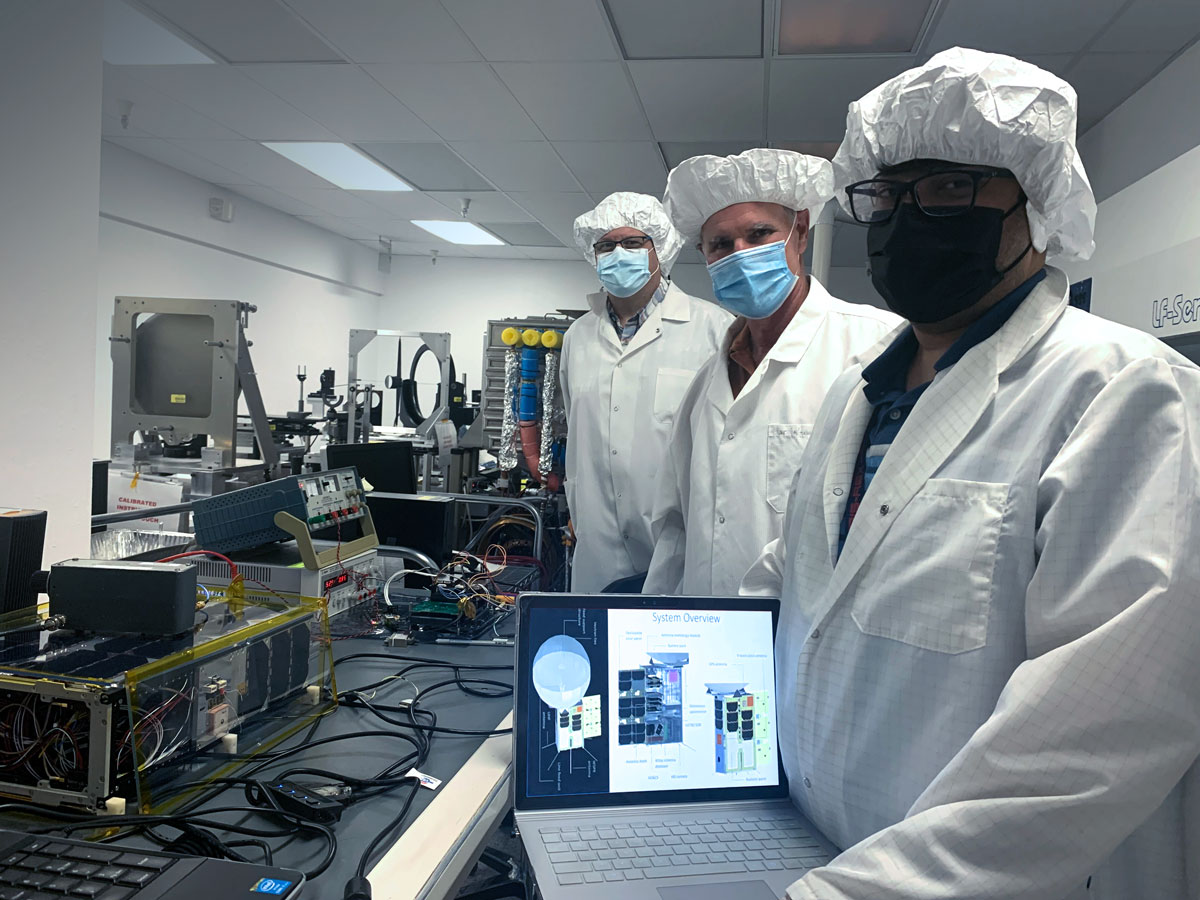
Darren Verebelyi, Doug Stetson, and Aman Chandra of FreeFall Aerospace
CatSat’s key technology demonstration is FreeFall’s advanced antenna system for small spacecraft. It utilizes an ultra-lightweight inflatable structure that can be stowed in a very small volume, then deployed in orbit to provide a large aperture high-gain antenna. This approach will dramatically increase the total data return and overall effectiveness of Cubesats and other small satellites.
During the CatSat mission, the FreeFall inflatable antenna will transmit high-definition Earth imagery to a 6.1 m ground station antenna located at Biosphere2 near Tucson. A second whip antenna will also be used to probe how the ionosphere structure varies at different times of the day. The 6-month CatSat mission will complete the testing and validation of the FreeFall inflatable antenna and will represent a major contribution to future commercial, scientific, and government space missions.
About FreeFall Aerospace:
Founded in 2016 as a spin-off from the University of Arizona, FreeFall Aerospace is developing revolutionary new antenna technology for ground, air, and space. FreeFall’s innovative antennas offer a wide field of view, efficient beam steering, and ultra-low mass to dramatically simplify and improve satellite communications. As a leader in the Science of Connectivity, FreeFall Aerospace continually invents new ways to move the data that connects people, places, and things. For more information, visit www.freefallaerospace.com.
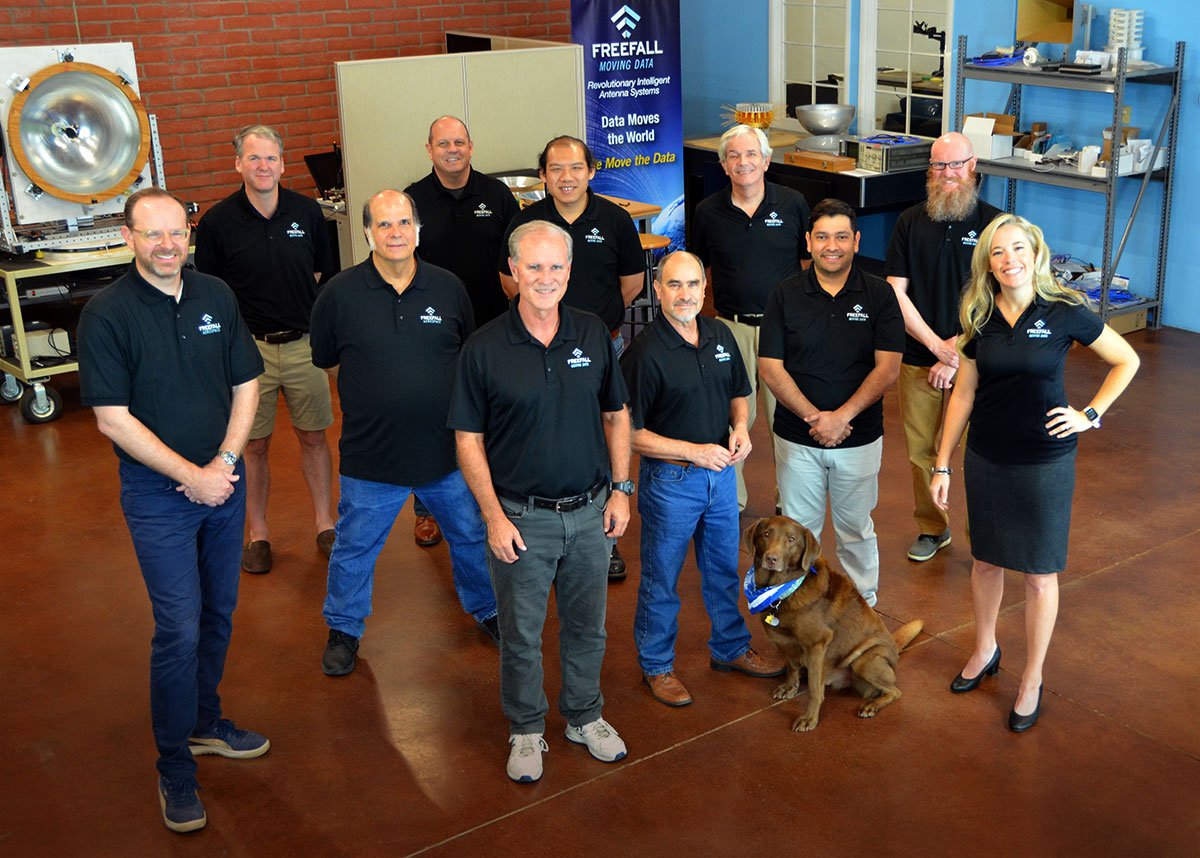

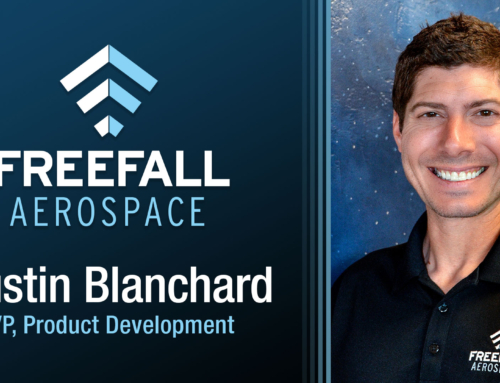
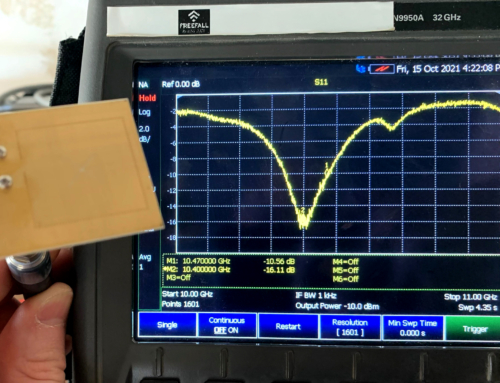
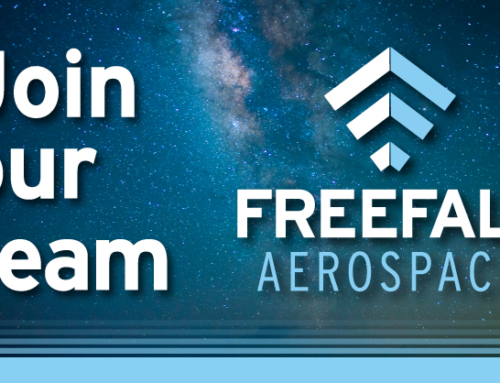
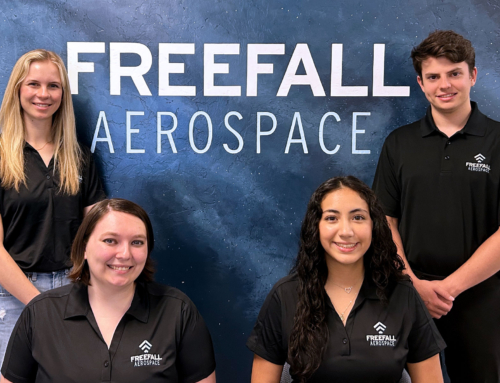
Leave A Comment